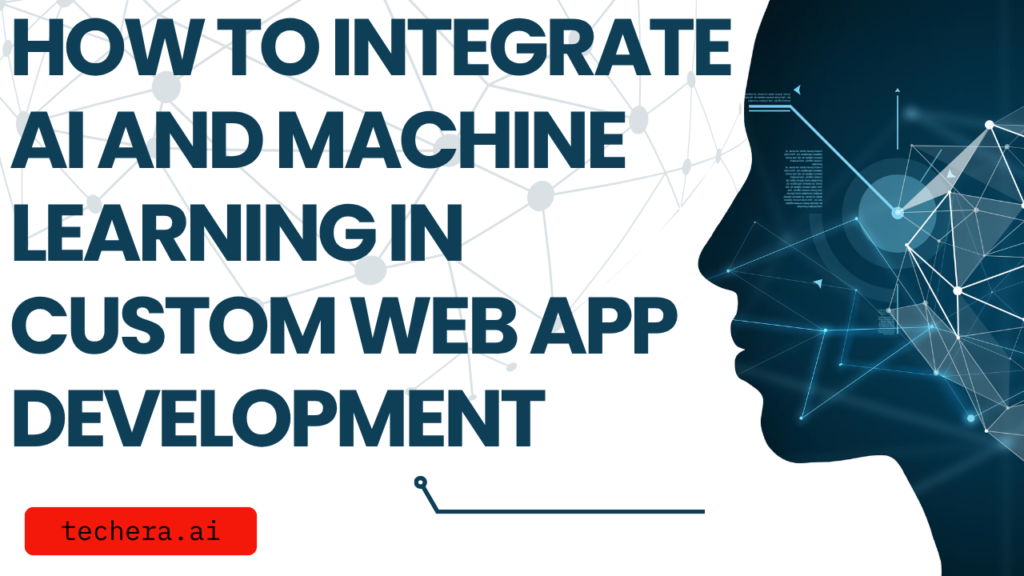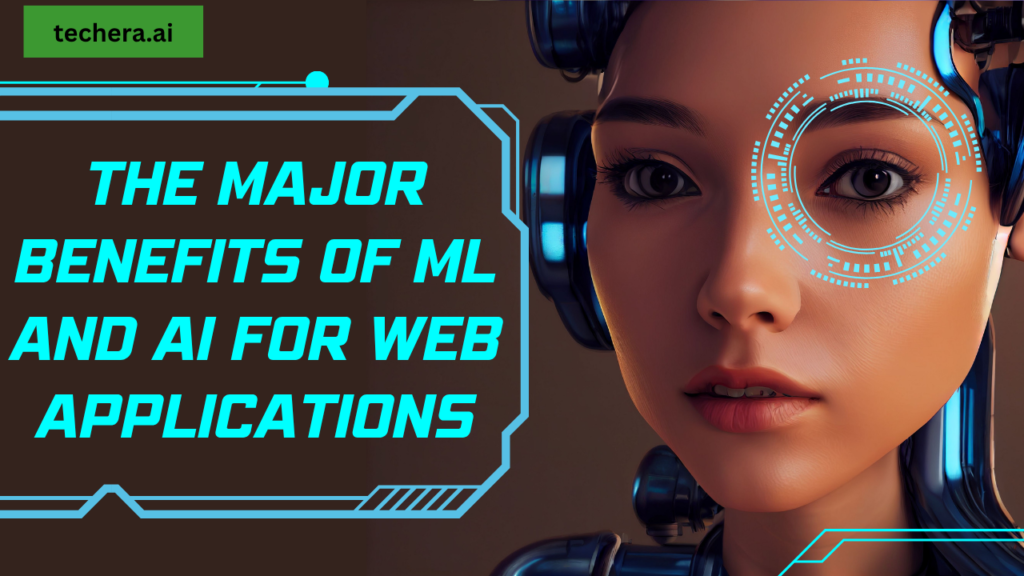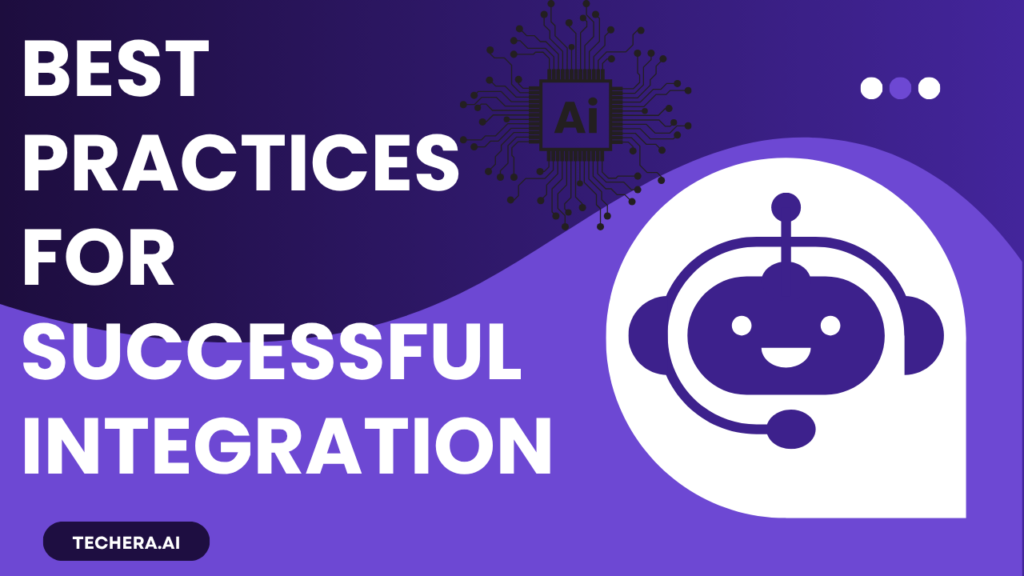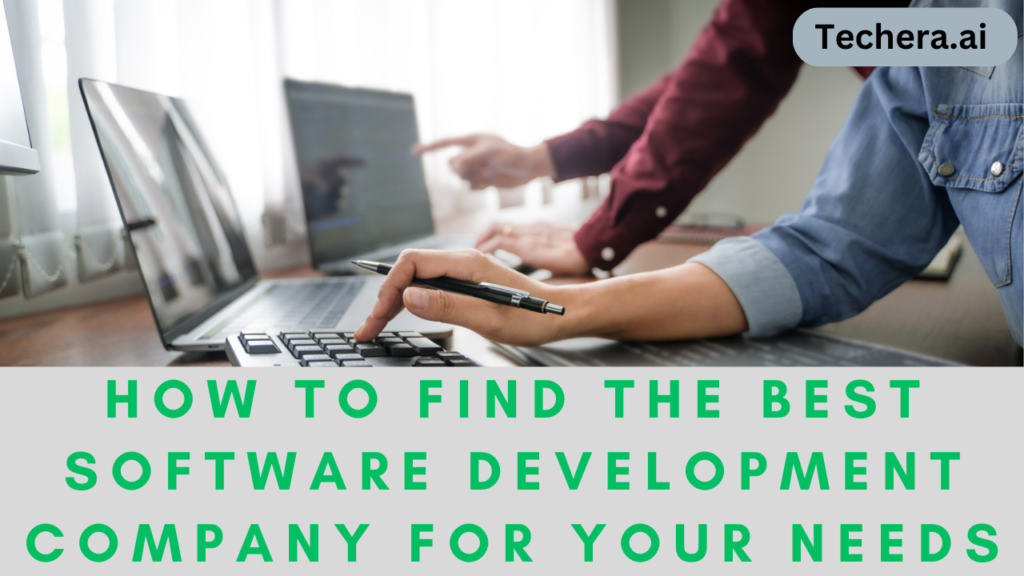
Discover how to harness the power of AI and Machine Learning in Custom Web App Development to create smarter, more efficient, and highly personalized user experiences. This blog explores practical integration strategies, tools, and real-world benefits of embedding AI capabilities into your custom web applications.
Introduction
In the age of data-driven innovation, Custom Web App Development is no longer just about great UI and speed. Now, it’s about intelligence. Integrating Artificial Intelligence (AI) and Machine Learning (ML) into your web apps opens the doors to automation, smart features, and user experiences that feel almost magical. But how do you actually make this integration happen? Let’s dive deep!
Understanding the Basics
What is Custom Web App Development?
The process of developing customized web apps to meet the unique requirements of a company or user base is known as custom web app development. Custom apps, as opposed to off-the-shelf software, are adaptable, scalable, and can be changed to meet changing business needs.
What is Artificial Intelligence (AI)?
Artificial Intelligence (AI) is the replication of human intelligence in machines, allowing them to carry out activities like language translation, problem-solving, and decision-making without the need for human assistance.
What is Machine Learning (ML)?
ML is a subset of AI. It makes it possible for systems to automatically improve by learning from mistakes. It’s like training your web app to think, predict, and evolve with user behavior and data.
Why Integrate AI and ML into Web Apps?
Enhanced User Experience
AI can analyze user data in real-time to provide personalized content, recommendations, or services that feel tailor-made.
Smarter Decision-Making
ML models can interpret massive datasets and provide insights far faster than any human—making your web app more responsive and strategic.
Automation of Repetitive Tasks
Think of AI as your digital intern. From data entry to customer support, intelligent automation can reduce manual workload dramatically.
The Major Benefits of ML and AI for Web Applications

Real-Time Personalization
By learning user preferences, your app can dynamically display content, offers, or layouts that keep them engaged.
Predictive Analytics
Are you curious about what your users will desire before they do? ML algorithms can predict trends based on past behaviors.
Efficient Data Processing
AI facilitates the organization and interpretation of unstructured data, quickly gleaning insightful information.
Improved Security and Fraud Detection
AI can detect anomalies and potential threats in real-time, helping protect user data and ensuring compliance.
Common Use Cases in Web Applications
Chatbots and Virtual Assistants
24/7 support is possible with AI-driven chatbots that learn and adapt to user queries.
Product Recommendations
Like Amazon or Netflix? Their secret sauce is ML-based recommendation engines analyzing user behavior.
Sentiment Analysis
Track customer feelings by analyzing social media, reviews, or feedback forms using natural language processing (NLP).
Also Read : Custom Web App Development: How to Create Apps That Deliver Results
Image and Voice Recognition
Enhance your web app with features like facial login or voice search—perfect for e-commerce, healthcare, and more.
Dynamic Pricing Models
AI can suggest optimal pricing in real-time based on demand, user history, and competitor data.
Step-by-Step Guide to Integration
Step 1 – Define Clear Business Goals
Describe your goals before implementing AI. Do you wish to increase sales? Better support? Enhanced security?
Step 2 – Collect and Organize Data
Your data determines how intelligent your AI is. Ensure it’s clean, well-structured, and relevant.
Step 3 – Choose the Right Tech Stack
Depending on your use case, opt for tools like TensorFlow for deep learning, or Scikit-learn for more traditional ML.
Step 4 – Develop AI/ML Models
Train your models using historical data. Choose between supervised (with labeled data) or unsupervised (pattern recognition) approaches.
Step 5 – Integrate with the Web Application
Use REST APIs or SDKs to plug your AI models into the frontend/backend of your app.
Step 6 – Test, Monitor, and Optimize
AI isn’t a one-and-done process. Continuously test outputs, retrain models, and monitor performance metrics.
Tools and Frameworks to Consider
- TensorFlow – Ideal for deep learning models.
- Scikit-learn – Great for beginners and classical ML.
- PyTorch – It is favored in production and scholarly research applications.
- Microsoft Azure AI – Enterprise-level cloud AI services.
- Google Cloud AI – Easily integrates with existing Google services and offers scalable AI tools.
Challenges You Might Face
Data Privacy and Security
Always comply with GDPR or other local regulations when handling user data.
High Computational Costs
AI models can require significant processing power. Consider cloud services for scalability.
Lack of Skilled Resources
Hiring or training experts in AI/ML is essential but can be time-consuming and expensive.
Best Practices for Successful Integration

- Start Small, Scale Gradually – Test with one feature before applying AI across the board.
- Focus on UX – AI should improve—not complicate—the user experience.
- Regular Model Updates – Your models need to evolve just like your users do.
Future Trends
Generative AI in Web Apps
Think ChatGPT or DALL·E—generative models are reshaping creativity in web applications.
AI-Powered Design and Code Automation
Tools that auto-generate design components or even code snippets based on prompts are the next big thing.
Hyper-Personalization
Tomorrow’s web apps will not just adapt—they’ll anticipate your every move.
Conclusion
Integrating AI and Machine Learning into Custom Web App Development isn’t just a trend—it’s the future. Whether you’re aiming for smarter customer service, predictive analytics, or tighter security, AI has something powerful to offer. Start with clear goals, collect the right data, and choose the tools that best suit your vision. It’s not about replacing humans—it’s about empowering your apps to think smarter, work harder, and deliver better.
Frequently Asked Question
Q. What distinguishes machine learning from artificial intelligence in web development?
A. AI is the broader concept of machines acting smart, while ML is a subset where systems learn from data without explicit programming.
Q. Is AI integration expensive for small businesses?
A. It depends on your goals. Cloud-based AI tools make it more affordable than ever to start small and scale as needed.
Q. Can I use AI without coding knowledge?
A. Yes! Many platforms like Google Cloud AI and Microsoft Azure offer no-code or low-code AI solutions.
Q. What data is needed to train an ML model for a web app?
A. It varies by use case—user behavior logs, transaction history, images, texts, etc., are common examples.
Q. How do I maintain an AI feature post-launch?
A. Regularly retrain models with new data, monitor performance, and update based on user feedback or changing business goals.

